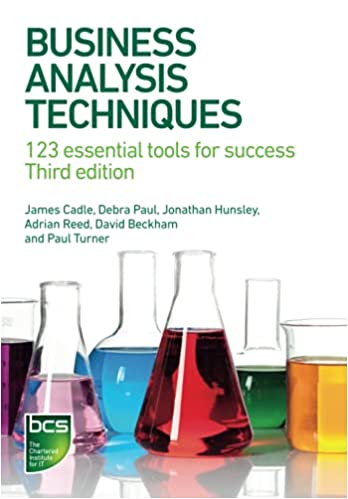with special guest reviewer…
For those who have followed my blog for a little while or know me, will know that I’m a massive fan of the BA Techniques books and that I turned some of my internal training material into a workshop pack, that I was lucky enough to present at the Business Analyst Managers Forum.
Well when the authors of the book were finalising their third edition, I was lucky enough to be asked to review the draft manuscript, something that really felt like quite an honour, given the calibre of all of the authors involved.
Here is my review that features in the latest version of the book:
The latest version brings even more techniques to bear, extending to areas of user experience, process improvement and testing; helpfully mapped against key project phases. This book is a must have resource for all BAs at any stage of their career.
Jamie Clouting
Lead Consultant
BAE Systems Applied Intelligence
Along with providing a review, I committed to updating the materials for the latest edition, that can be found here.
| Title | Format | Download |
| 123 BA Techniques [Slides] | Download here | |
| 123 BA Technique [Triage/Importance Matrix] | Download here | |
| 123 BA Techniques [Triage Spreadsheet] | XLSX | Download here |
| 123 BA Techniques [Mailmerge Labels] | DOC | Coming soon |
This is always a learning process and the material has been refined a few times over the years. If you have any suggestions or feedback you think I should incorporate, please let me know.















 Earlier in October I took up a new and exciting role at Laterooms.com, the UK’s leading hotel booking company. It’s an exciting role for a number of reasons:
Earlier in October I took up a new and exciting role at Laterooms.com, the UK’s leading hotel booking company. It’s an exciting role for a number of reasons:


